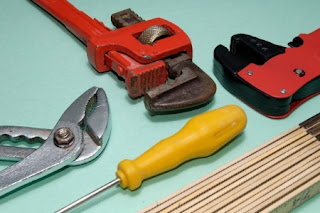My doctor put me on a new drug that
actually made me a bit stoned for the first few days. I was prepared for this
and planned my days accordingly. What I didn't realize was how it would affect
my playing. Being a little bit high (from whatever cause) can help you get into
the music. Best case is to be high on the music alone. Less desirable is to be
in enough of a fog to forget to pay attention to, for example, the guitar player
trying to catch my eye because he wants to end the tune.
Paying attention through listening is vital
for playing good music. But vision can often be just as important on the
bandstand. I like to communicate musically, and can usually respond quickly to
musical cues. Visual cues, on the other hand, are trickier.
In general, musicians don't have a clear
method for communicating visually. There are standard signals for certain music
forms. Jazz has a pretty comprehensive set, but it unfortunately isn't common
knowledge. Otherwise people resort to whatever makes sense to them: a shake of
the head, a dip of a guitar neck. It's pretty limited and often not terribly
successful.
It's good to work out some signals with other band members beforehand. That way everyone is on the same page. Signals can be visual, musical or verbal. Whatever gets the job done.
When there are no established signals, there are still a lot of visual clues. You just need to look for them. Some players are very physical, and their movements on stage can be very telling. Your guitar player always goes to the front of the stage for her big feature solo, and you've noticed she takes two or three steps backwards as she's about to wrap it up. That's helpful information. Soloists often make a physical change near the end of the solo.
Whether or not you have some signals worked out, it's important that you remain visually connected to the band. It can be as simple as being aware of what people are doing, which you can't do if you're in the habit of zoning out. Nor do you have to keep constantly vigilant. That's overkill and, frankly, kinda creepy.
Here are some hand signals used in jazz: http://www.wilktone.com/?p=4308





